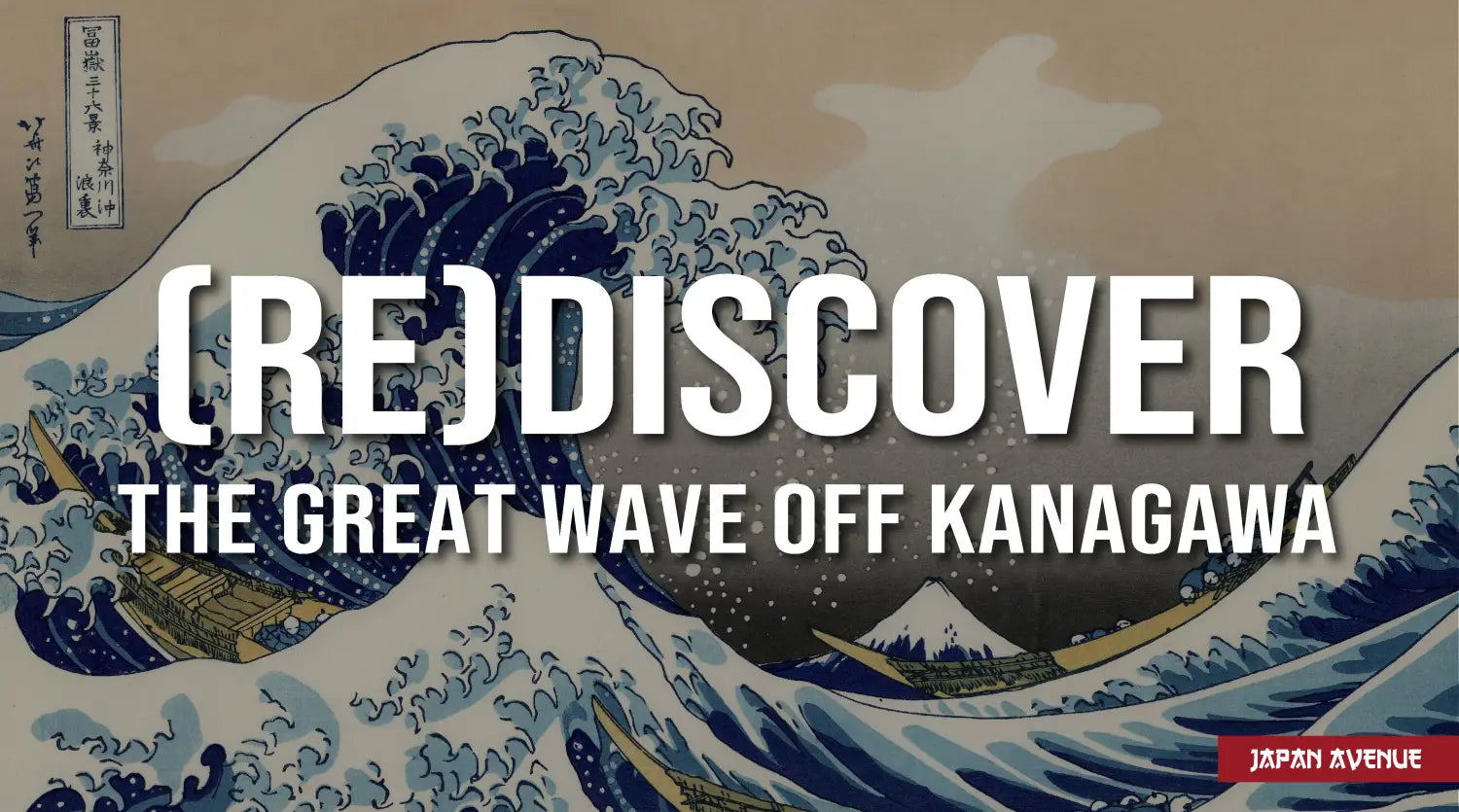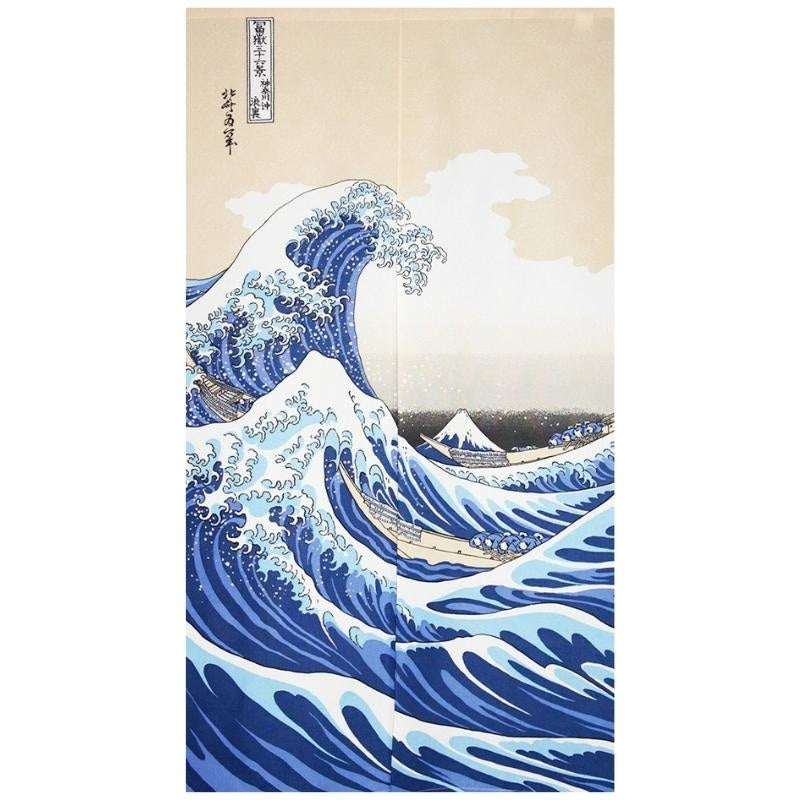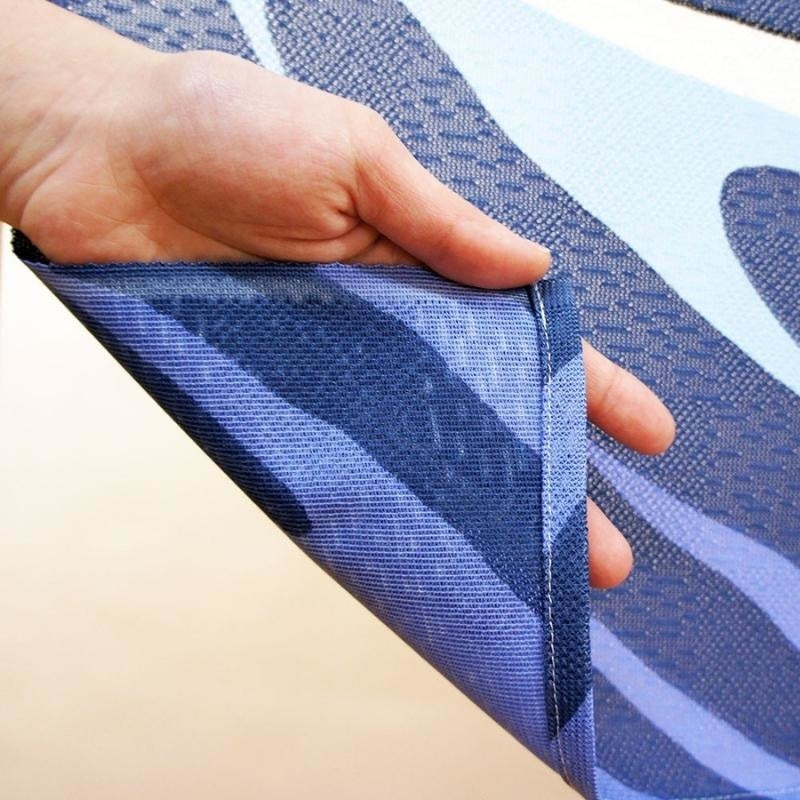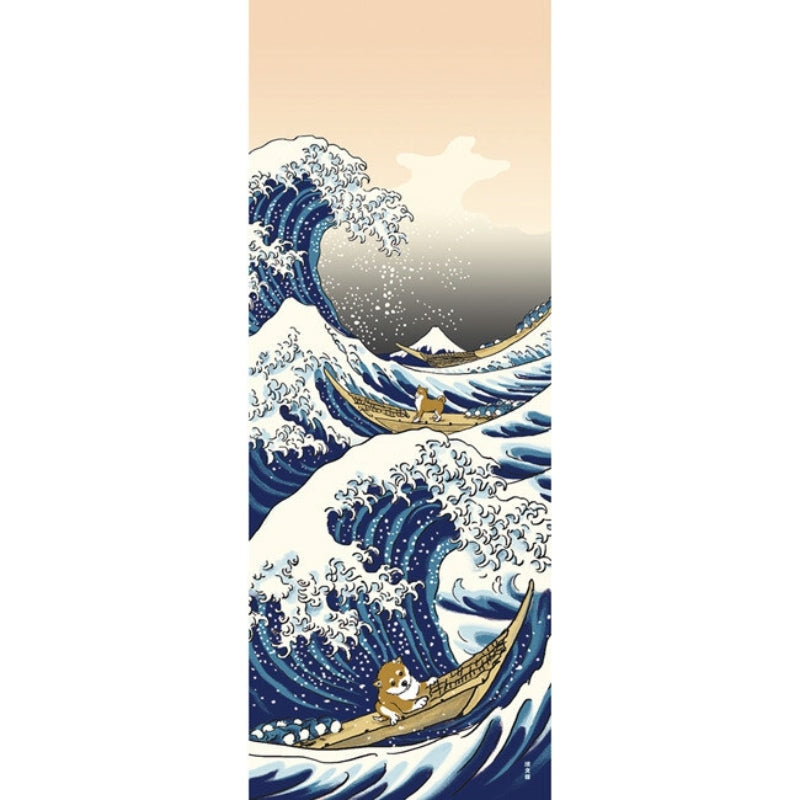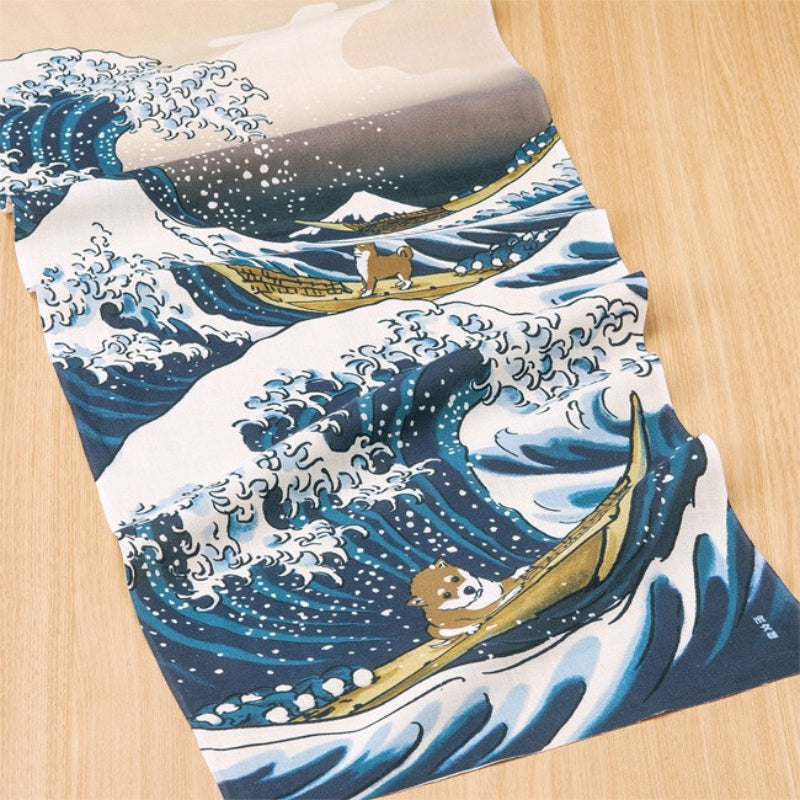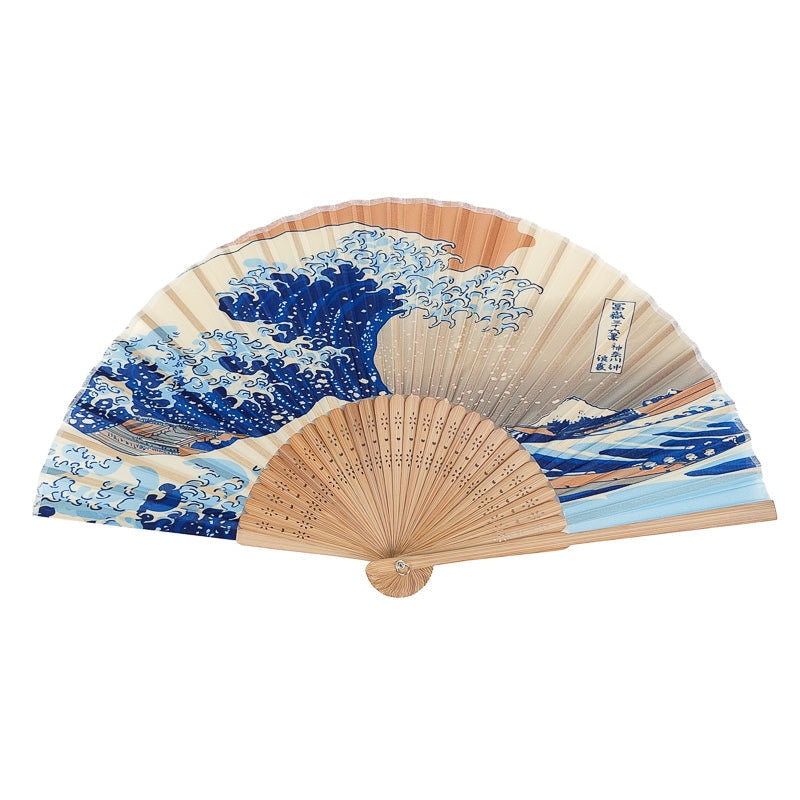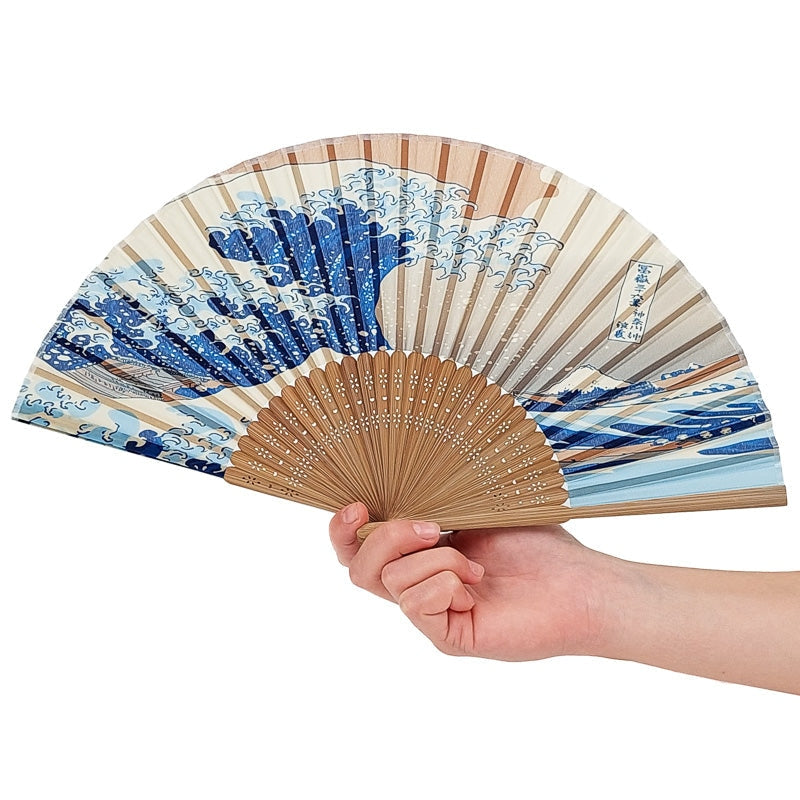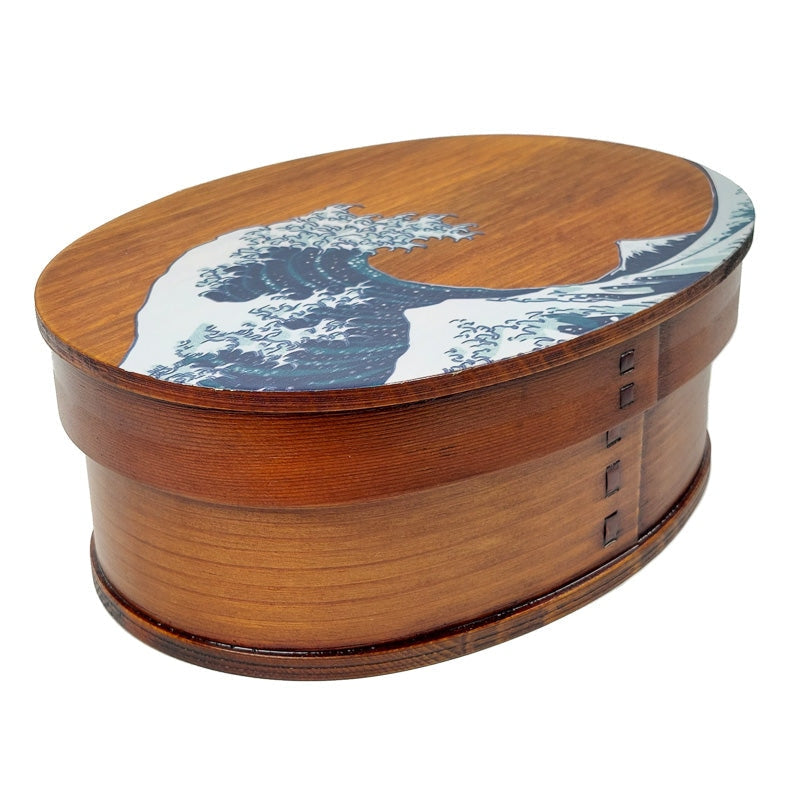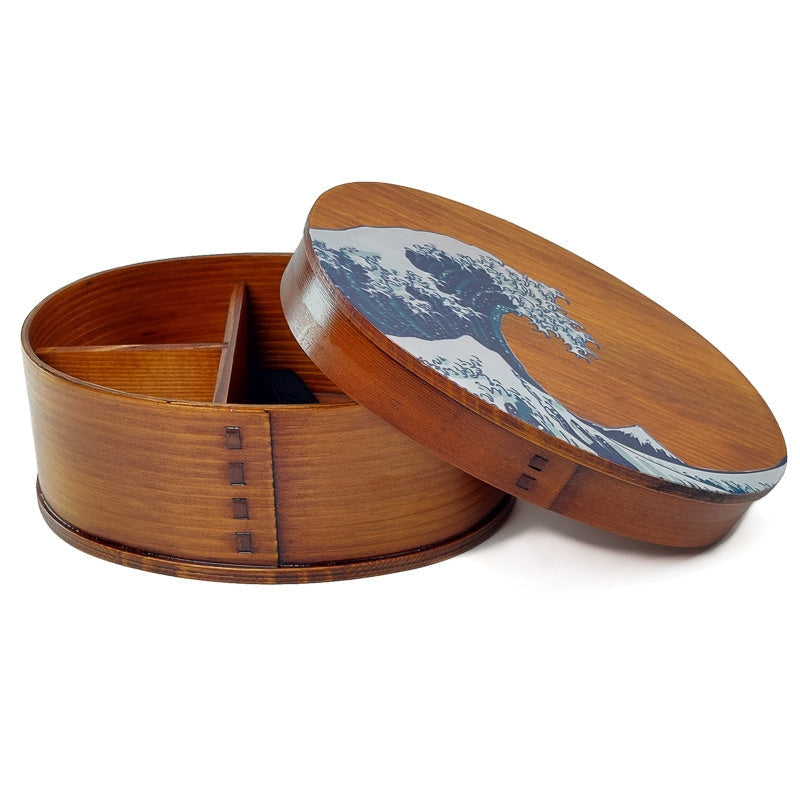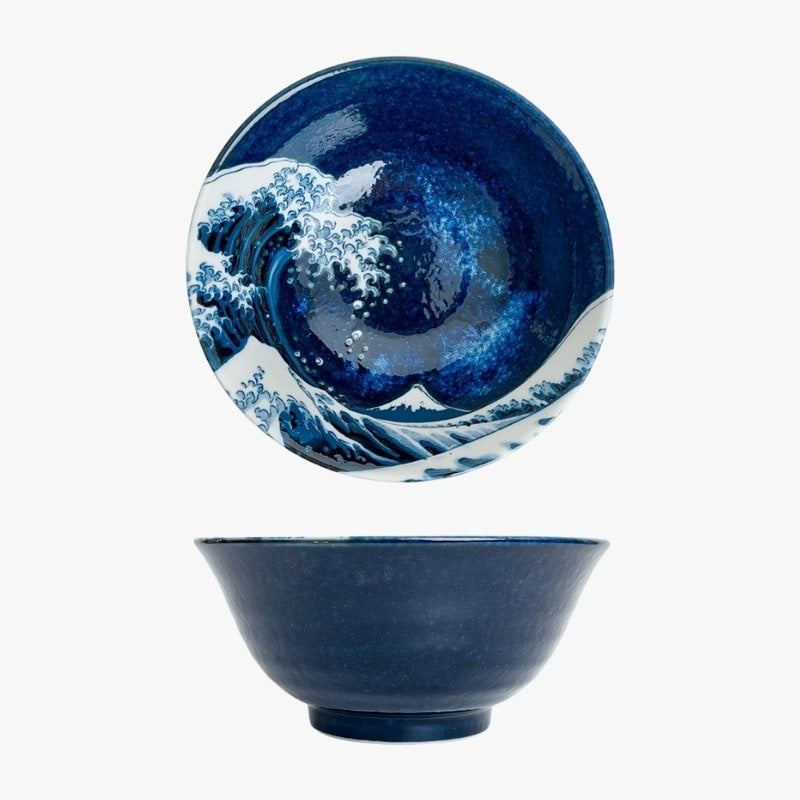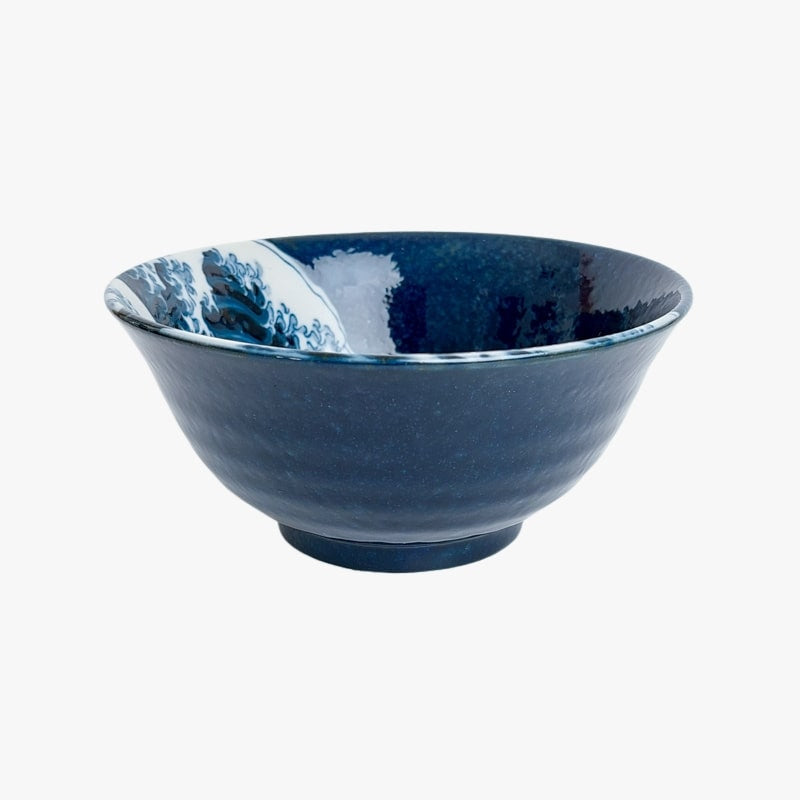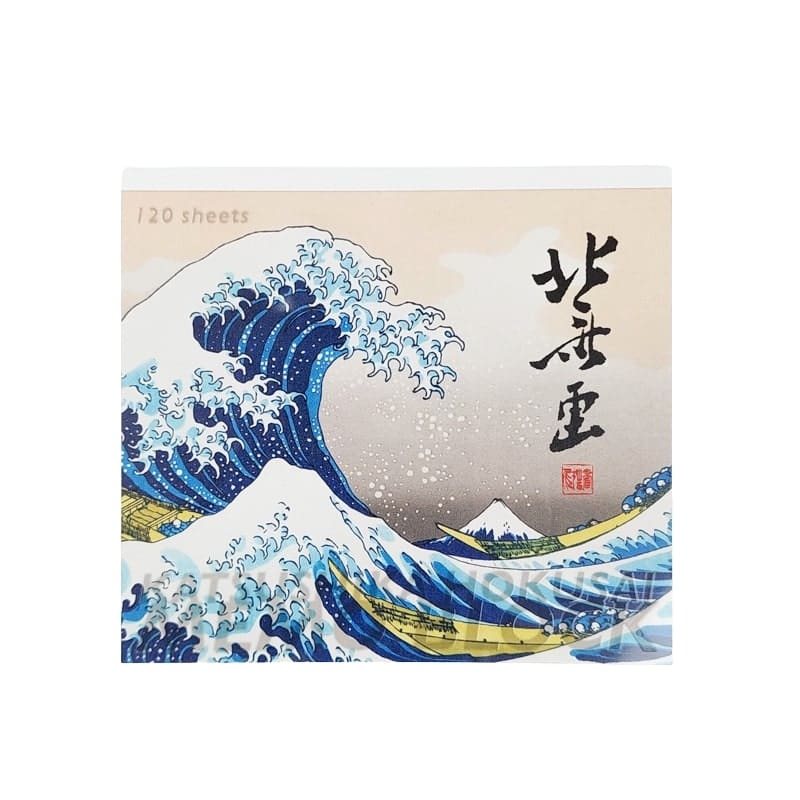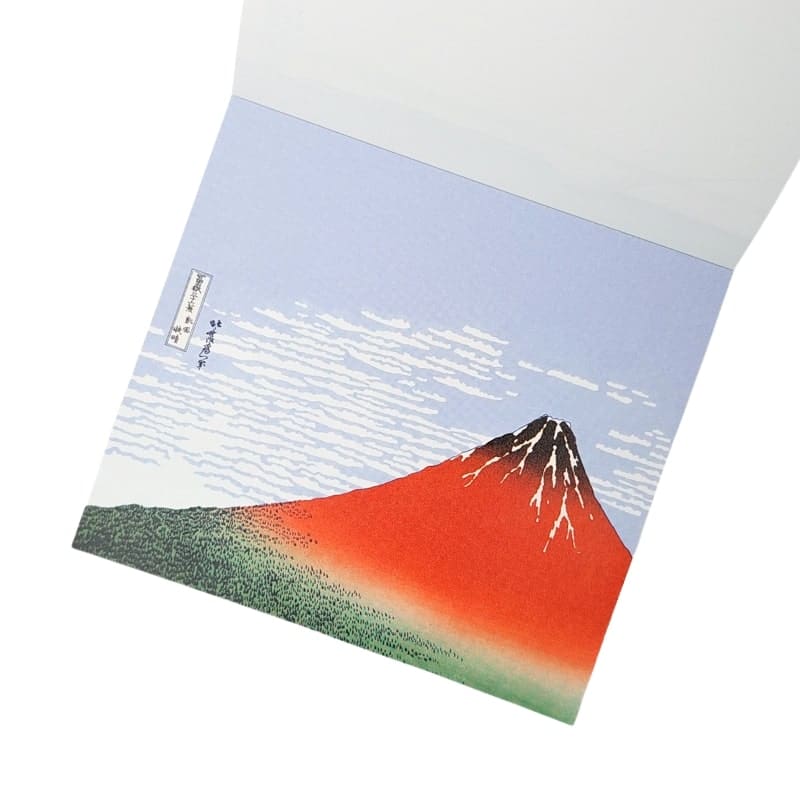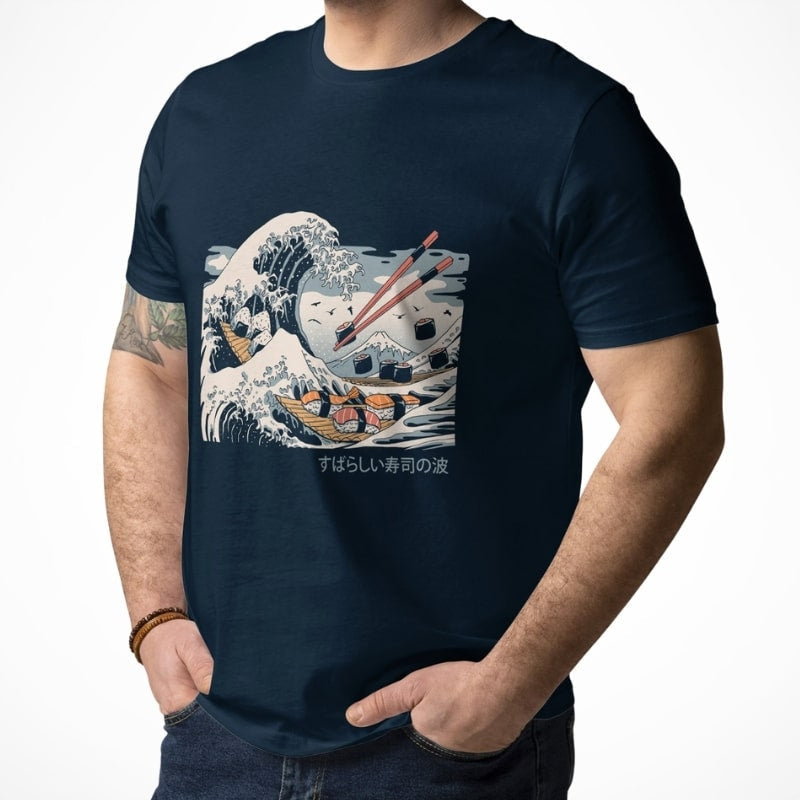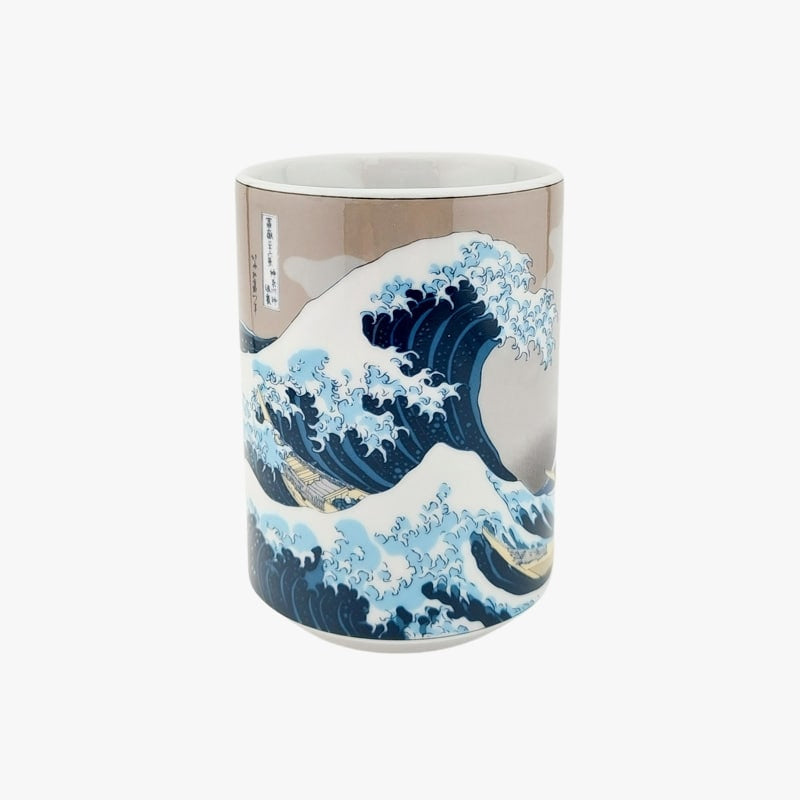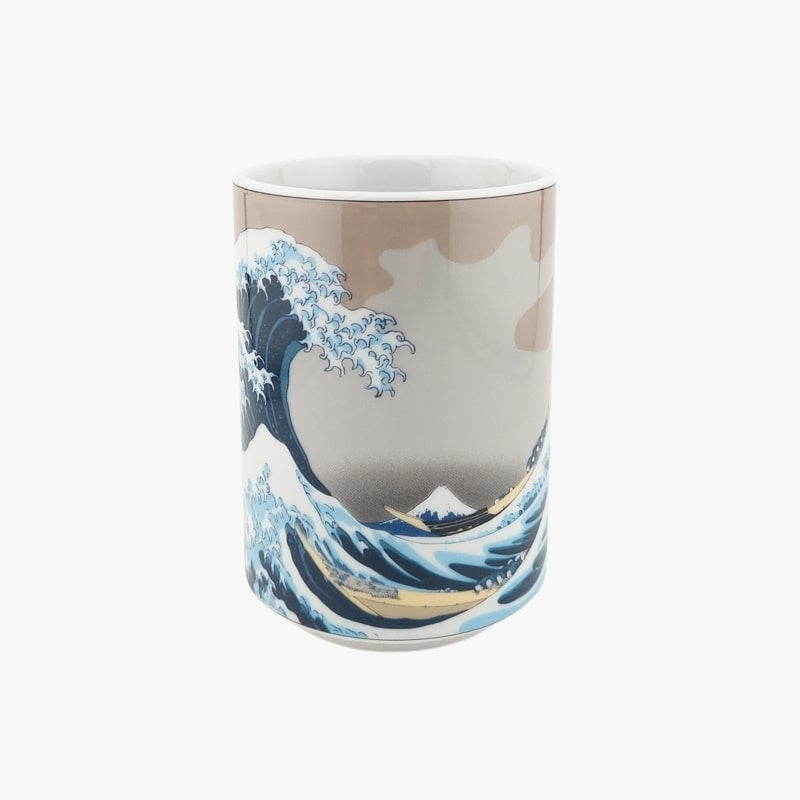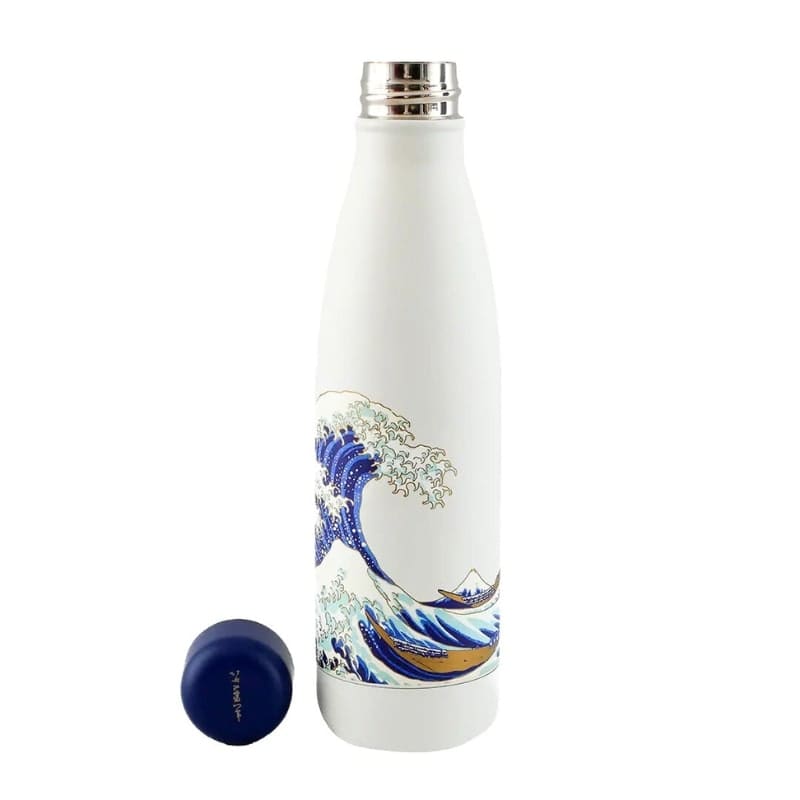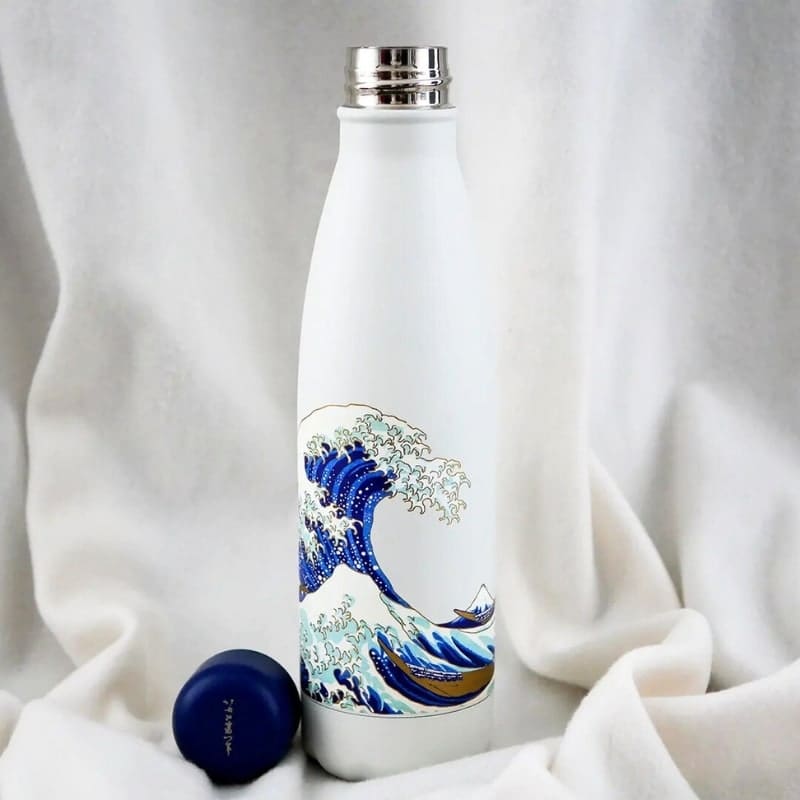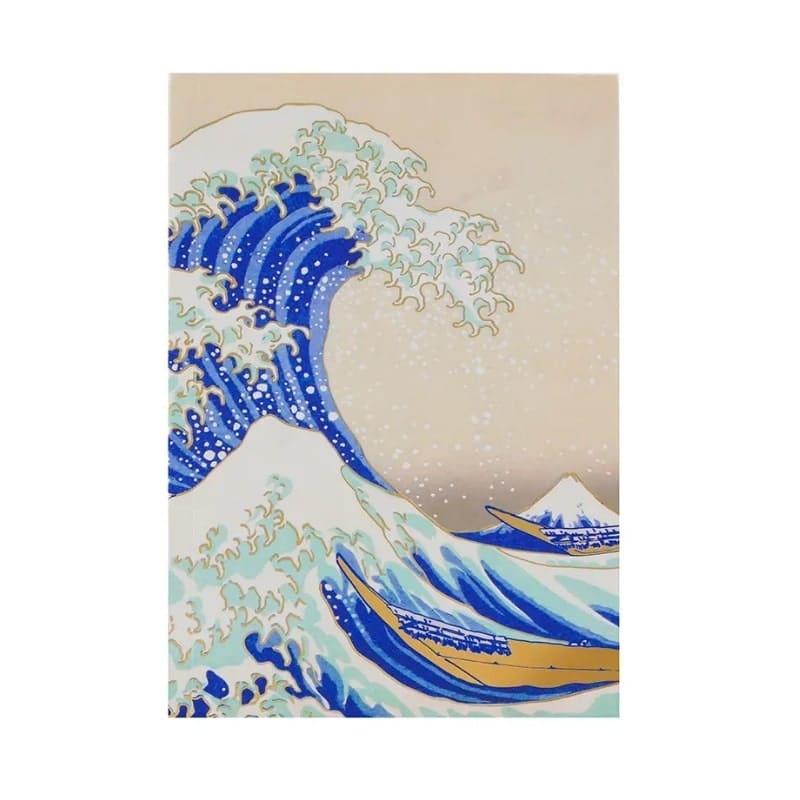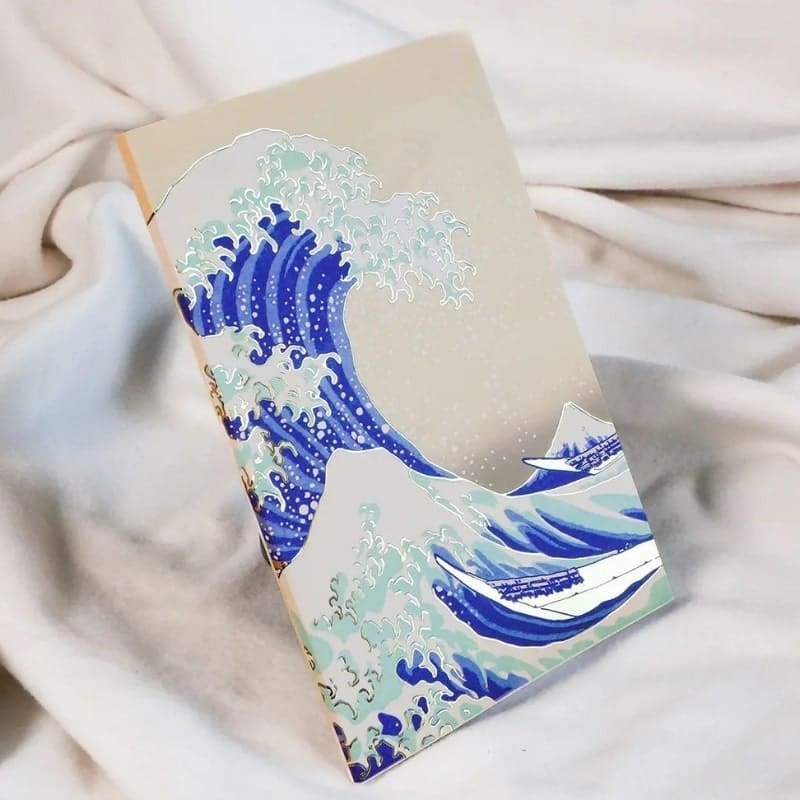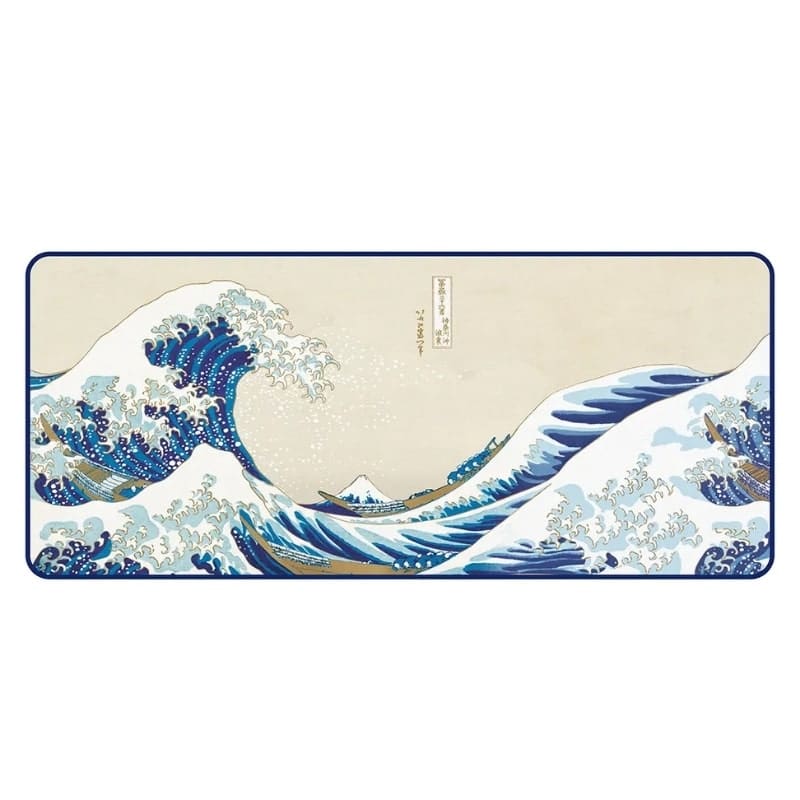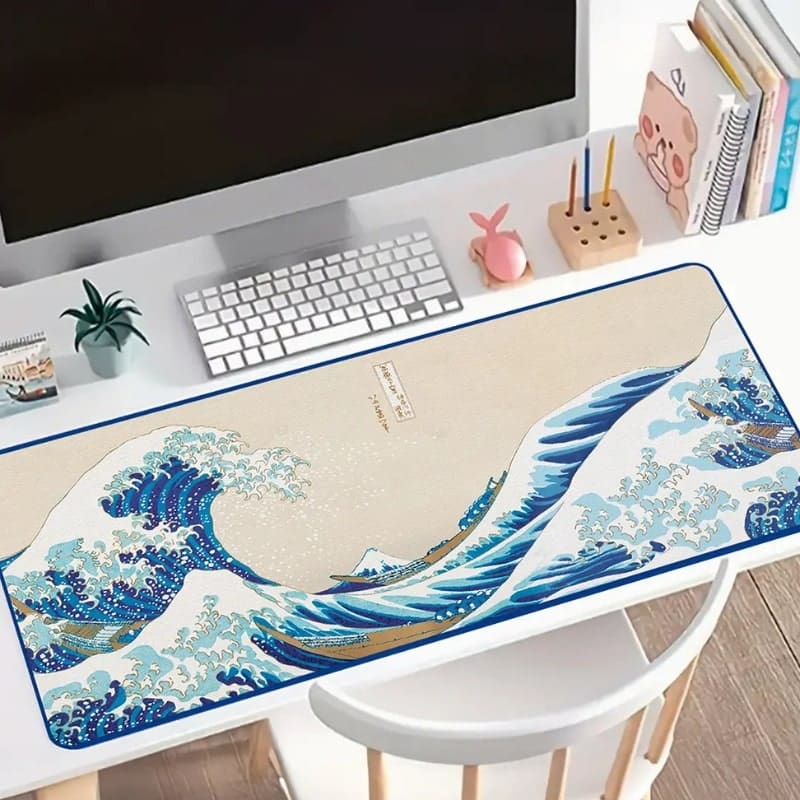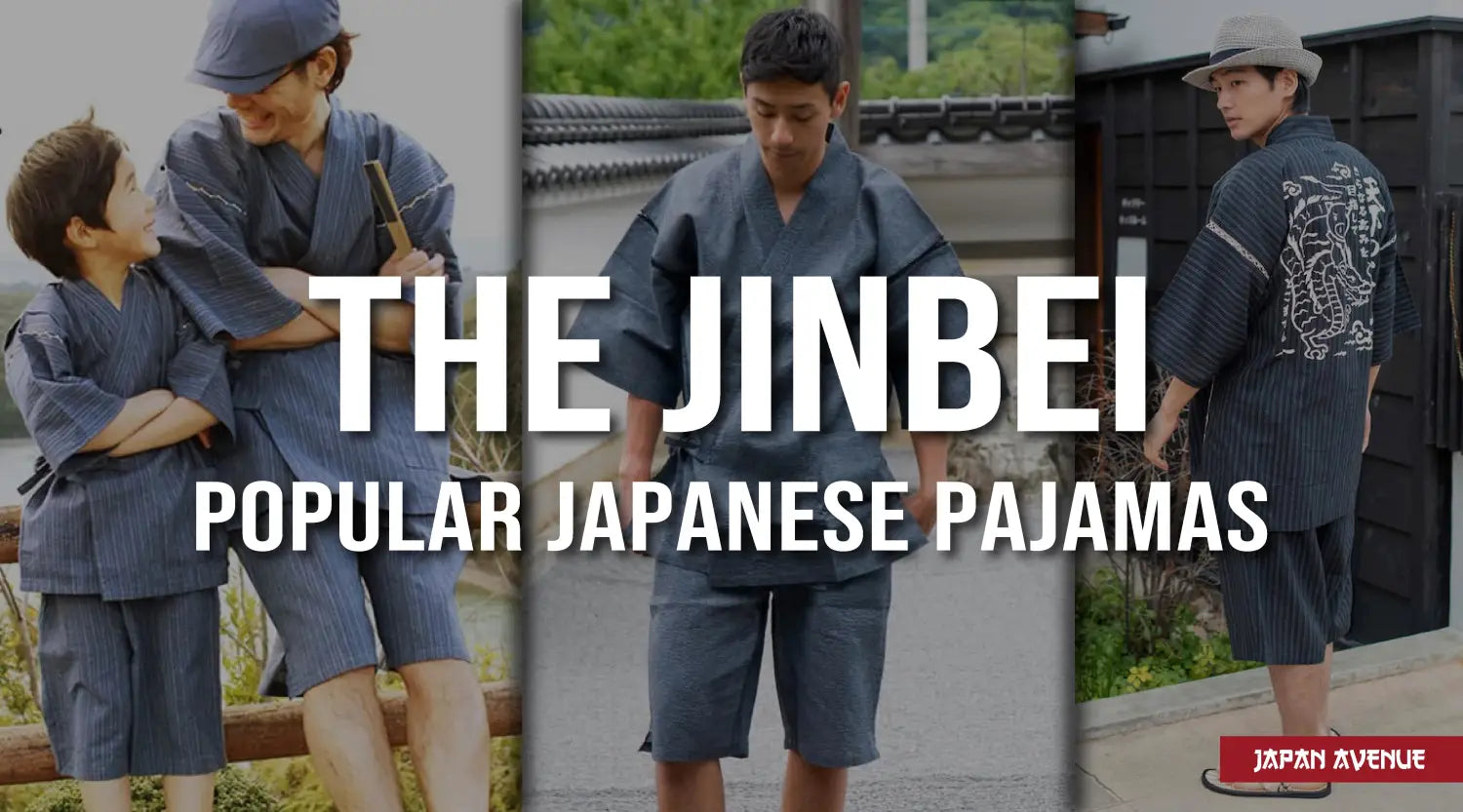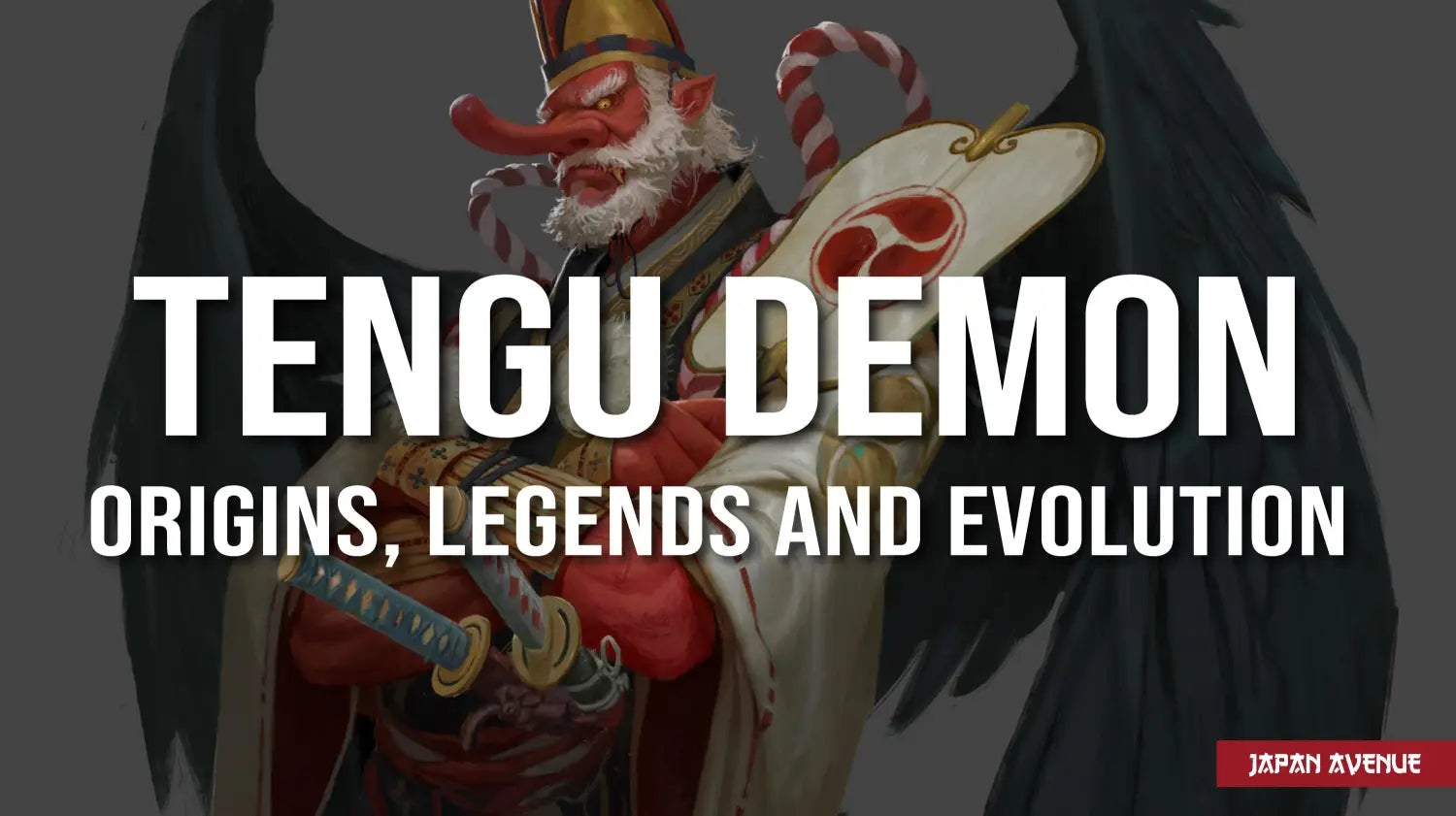The Great Wave off Kanagawa is not to be introduced anymore. As a famous Japanese print, this artwork has fascinated many artists from all over the world since its creation.
Japanese prints are linked to ukiyo-e, an artistic movement whose essence is to translate the impermanence of the floating world in which we live. These artworks represent the richness of traditional Japanese art.
Do you really know all about its history and meaning? As Japan lovers, we are here to learn a little more about this great work and (re)discover the secrets of such a success. Enjoy your reading 😊
Hokusai, the great master of Japanese prints
You probably already heard about this famous Japanese painter, known for his landscape series. Born in 1760 in Edo, the ancient capital of Japan, Katsushika Hokusai is an internationally known artist, draughtsman, painter, engraver and also author who is considered as one of the greatest masters of Japanese woodblock printing. In his creations, he frequently represented elements of nature that he interpreted with a certain spirituality derived from Buddhism. Hokusai is also the father of manga, which stands for "spontaneous sketch". He lived until 1849, when he died at the age of 89, and it was at the end of his life that he produced his most beautiful works.

From left to right: portrait of Hiroshige; print of Harunobu Suzuki; portrait of Hokusai.
But do you know what exactly a woodblock print is? It is an image obtained by a technique of wood engraving, starting from a drawing made with Indian ink. This process involves an artist, who draws a pattern, an engraver who creates the relief on a wooden board and a printer who applies flat ink on the paper, using the engraving. The idea is to reproduce a work in large quantities at a very affordable price. This traditional technique was initially produced in black and white until the appearance of Harunobu Suzuki's color prints in 1765.
Ukiyo-e, a popular art
A Japanese art movement 🎨 that refers to non-academic prints and paintings from the 17th to 19th centuries, ukiyo-e stands for "images of the floating world" (ukiyo). This artistic movement has a Buddhist connotation that expresses an unstable and illusory reality to which one cannot become attached. It also represents the philosophy of living in the moment or the moving world.
Historical context of ukiyo-e
At that time, Japan was undergoing a policy of isolation instituted by the shoguns after a long period of civil war. It was the decline of the military aristocracy and the emergence of a new bourgeoisie. An atmosphere of peace was established and art was booming; it had to adapt to its new audience. In response, ukiyo-e represented the interests of this social class by evoking scenes of their daily life from courtesans to actors of the famous Kabuki theater to Sumo wrestlers. Ukiyo-e is also known for its erotic scenes (shunga), censored by the power of the time.
In the 19th century, Hokusai and Hiroshige defied the censorship exercised by the authorities by founding a new style: the representation of well-known views of landscapes (meisho-e), on a horizontal format. These two artists captured the growing interest for nature among the population and revolutionized the image of Japanese woodblock prints.
Analysis of The Great Wave off Kanagawa
Japan's most famous work, "The Great Wave off Kanagawa" nicknamed "The Wave" is a woodblock print made in 1831 by Katsushika Hokusai. The artist was 70 years old when he produced this work and this is also his most famous print. As the first series of the Thirty-Six Views of Mount Fuji collection, it is the ultimate embodiment of ukiyo-e art.

🛶 The sea and fishermen off Kanagawa
Three elements can be distinguished in this composition: the sea, the boats and the mountain. In the foreground, you can observe two waves carrying away three barges, off Kanagawa. The boats are likely to be oshiokuri-bune, which were used to transport goods for supplying the capital during the Edo period. The first wave is smaller and echoes Mount Fuji in its shape while the second wave appears huge and takes up more than half of the work. It is believed that this is a rogue wave, from the high seas (large okinami). When taking a closer look, you will notice some hooked fingers of a monster which gives a hostile character to this breaking wave that is ready to swallow the fishermen.
🗻 Mount Fuji from a different angle
On the background, you can see Mount Fuji, the emblem of Japan, which is the centerpiece of the Thirty-Six Views of Mount Fuji collection. It is rather unusual to put this national icon on the background. The famous volcano appears extremely small compared to this disproportionate wave. In our opinion, Hokusai emphasized a certain provocation towards this object of fascination.
✍ Hokusai's signature
At the top left of the composition appears Hokusai's signature and a cartouche with the title of the series, Thirty-Six Views of Mount Fuji / Off Kanagawa / Under the Wave. It should be noted that the artist used 4 different signatures throughout the entirety of this collection.
☯ Interpretation of The Wave by Hokusai
On the artwork The Great Wave off Kanagawa, you can notice the harmony between the terrestrial and celestial elements. The raging sea in contrast with the calm and peaceful sky reminds us of the Yin Yang philosophy. Similarly, the dominant blue of the sea is tempered by its complementary color: the yellow of the sky. This results in a perfect balance in the overall composition.
The ephemeral nature and power of nature have Buddhist and Shinto connotations. One can imagine that Hokusai's work expresses human vulnerability towards the all powerful and unpredictable nature.
The Wave and its Western influences
The painter was inspired by Western trends that have greatly contributed to the success of this work. Among these influences, we find the perspective, with the superposition of multiple layers and the Prussian blue color.
Prussian blue, a very trendy color
Prussian blue represents 20% of the artwork and brings a lot of power to it. Also known as Berlin blue, it is a dark blue pigment that approaches to green. Invented in Germany, it was imported from Holland for the realization of the work of Hokusai. A trendy color which brings a new dimension in ukiyo-e and which lasts relatively well over time.
The influence of Japonism in the West
As Japan opened up to the world during the Meiji era, the local people gradually lost interest in prints in favor of Western products. Conversely, Japanese art and civilization fascinated and influenced many European artists such as the painters of the Pont-Aven school. This is what is known as Japonism.
In opposition to classicism, the impressionists made new aesthetic choices described as japanesque. Bright colors and simple forms are honored. It is thus the West that relaunches the success of the prints. Hokusai is the artist who best embodies the virtuosity of this art form.
Félix Bracquemond, a French painter and engraver was the first to be inspired by the drawings of the Japanese master and integrated them on his art objects. Later, Hokusai's Wave inspired many Western artists such as Van Gogh, Pissarro, Cézanne, Gauguin and Monet...
Impressionists and Japanese art shared a common interest in nature and the impermanence of things. Hence, some painters possessed a large collection of prints. The Post-Impressionists and the Nabis, in their turn, were probably inspired by the circled shapes, the bright colors and the daring frames. This influence also extended beyond paintings. In addition, Claude Debussy, a famous French composer included The Wave off Kanagawa on the cover of his musical score 🎼 in 1905.
Today, copies of this masterpiece can be found in various museums across the world: the Metropolitan Museum of Art in New York, the British Museum in London, the National Library, the Guimet Museum in Paris and the Monet's House in Givergny. The majority of these Japanese prints come from private collections dating back to the 19th century.
The Wave is the object of multiple artistic or marketing revivals. Did you know that it was even used as a source of inspiration for the Quiksilver logo for its link with surfing (the wave) and snowboard🏂 (the mountain)?

From left to right: Dan Cretu's detour; to raise awareness about ocean pollution; Quiksilver logo.

